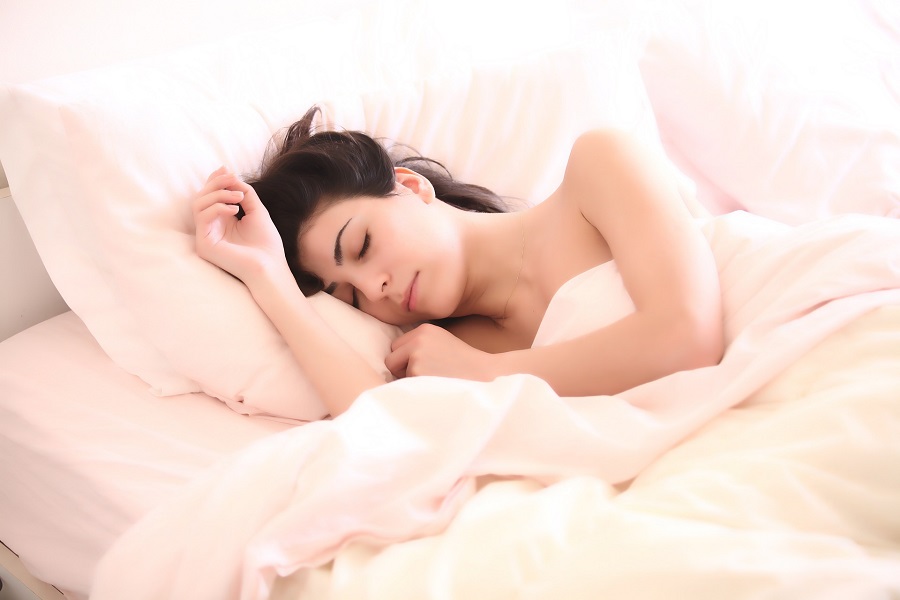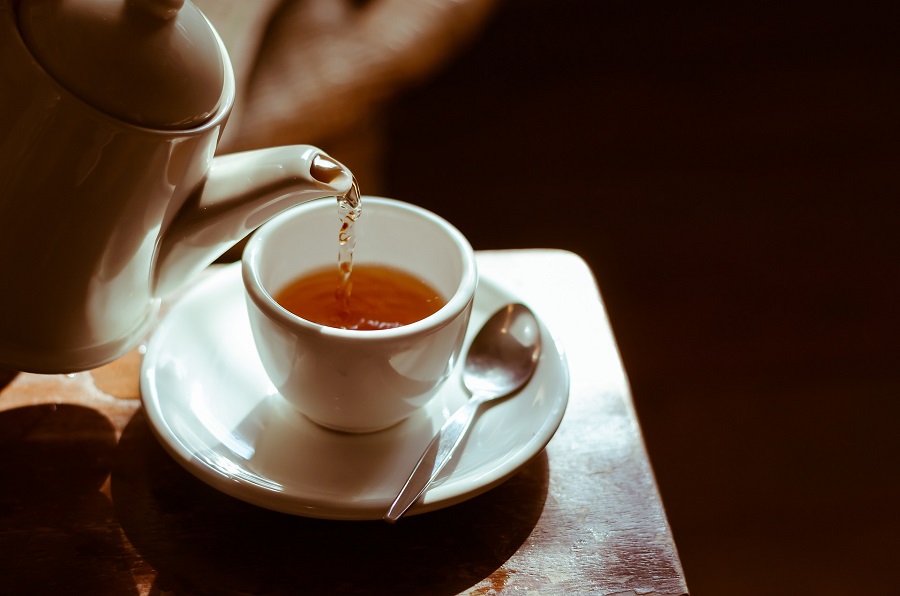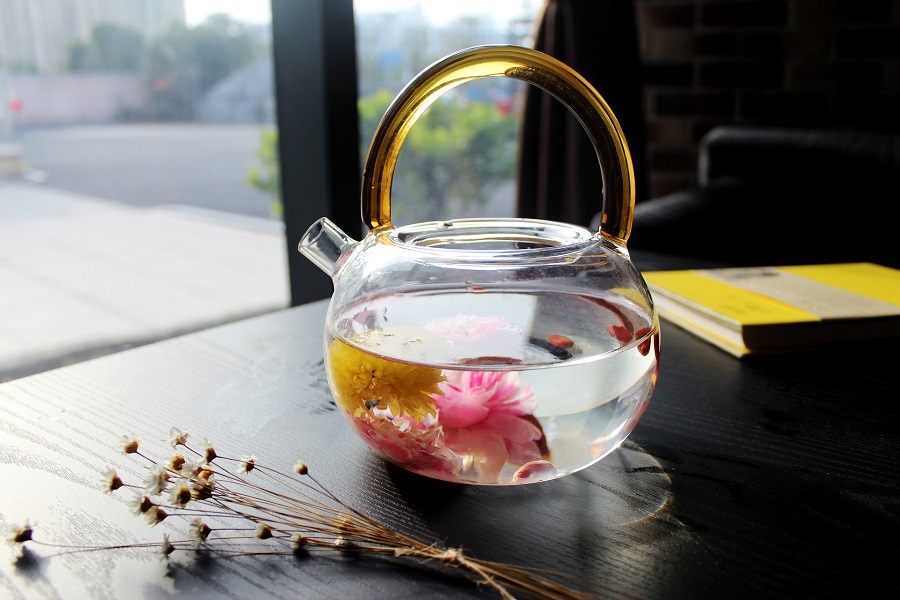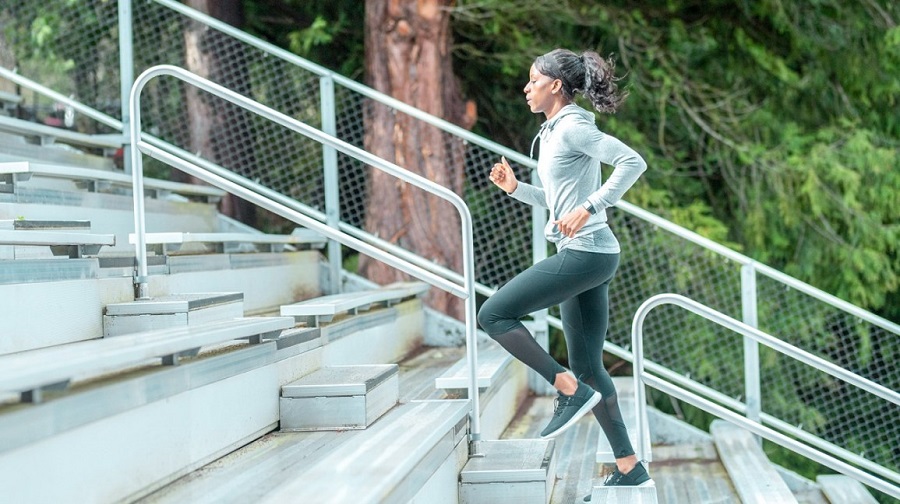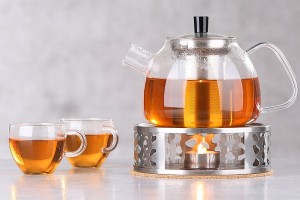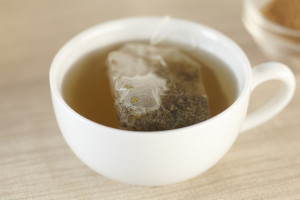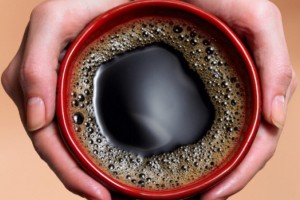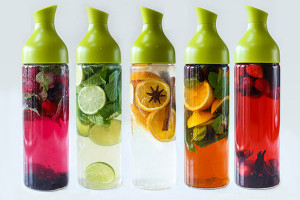What Happens When Wine Goes Bad and How to Store Wine Correctly after Opening
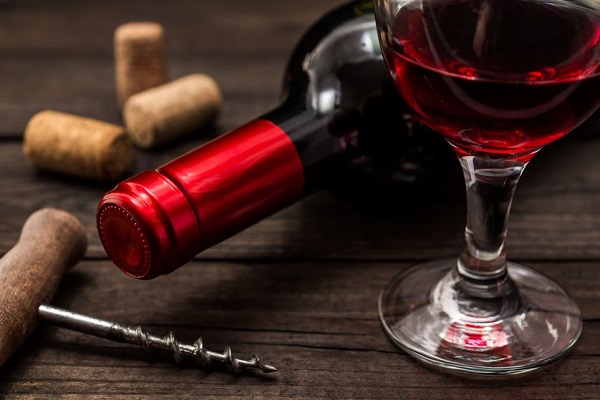
Open wines are easily confronted with going-bad issues, for example, sparking wine lost its charm in 3 days, opened full-bodied white wines and red wines lost its charm 3-5 days after opening. Once that happen, the original taste of wine gradually fade away and in the end wine turns into bad-smell acid liquid. So what happens exactly when wine goes bad?
What happens exactly when wine goes bad?
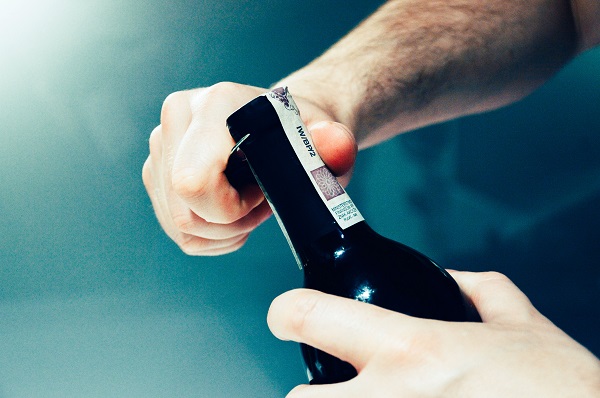
Generally speaking, it is oxidization. Wine soaks oxygen in the air for chemical reaction. When there is plenty oxygen available, the wine begins to decompose itself and produce carbon dioxide, water, acetic acid. The carbon dioxide will brew out as the reaction leads to a higher temperature in the bottle, so we will see some bubbles in the bottle when it goes bad. Then, the produce of acetic acid makes the wine tastes strange, and the water weakens the original taste of wine. As the reaction continues, the whole bottle of wine will turn into a mixture of acetic acid and water. That’s a general description of wine going-bad-process.
So, to escape from this bad result, how can we store wine as long as possible even if it is opened?
How to Store Wine Correctly after Opening?
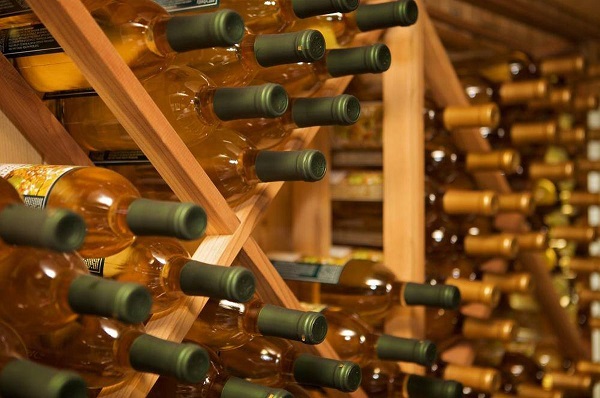
The core lies in reducing the contact of wine and air. Because once the oxygen is eliminated, the whole reaction will not happen. Here are some tips for you.
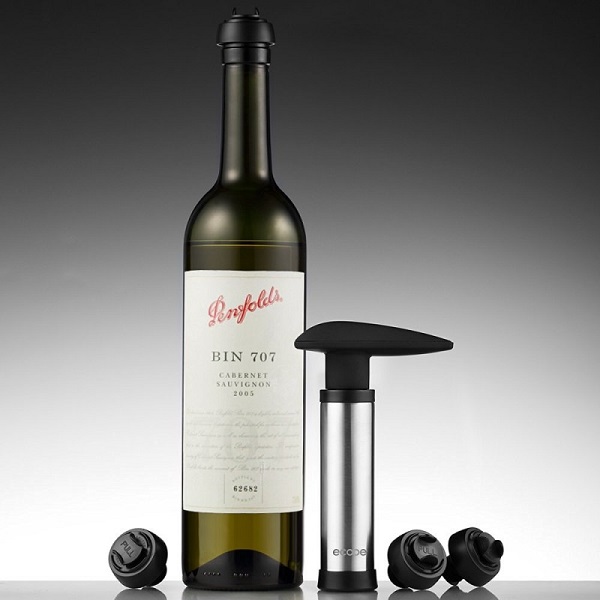
A vacuum pump aims to expel as much air out of the bottle as possible thereby reduce the oxygen content and slow down the process of alcohol oxidization. It is also said that the vacuum pump will extract the flavor of wine, and weaken its bouquet. Actually, this effect is small compared with its obvious anti-oxidization ability. And this advised Ecooe vacuum pump is especially designed with 4 bottle stoppers for universal use; you can take it home and have a try.
Tip 2: store the wine upright and avoid sunshine
By settling the wine upright, you can reduce the surface exposed to the air and slow down oxidization. Besides, direct strong sunshine will exert inner reaction in the bottle and accelerate the temperature of bottle as well; these changes are favorable factors for alcohol chemical reaction.
Tip 3: remove heat
Low temperature slows down the oxidization process. Thereby you are advised to store the opened wine in refrigerator for continuous low temperature. But to avoid wine boiling, you should seal it with good pitchers. On the other hand, some places like attic and windowsill are not good for storing. Because the temperature changes in them are so rapid.
Tip 4: add in inert gas
Adding inert gas may be the best way to keep wine fresh because in that case, almost all the oxygen is expelled. Yet the device is not cheap, generally costs $200-$400. If you are a wine enthusiast, you can have a try.







